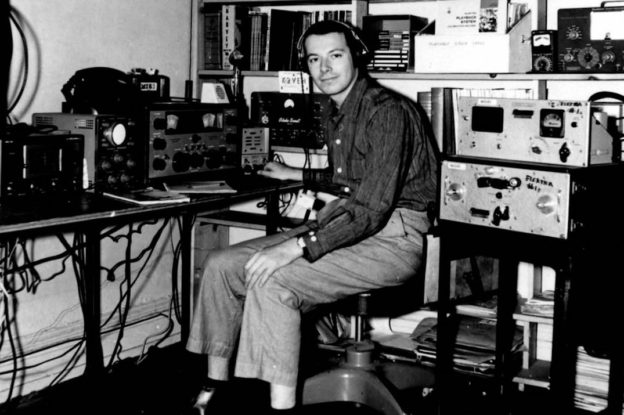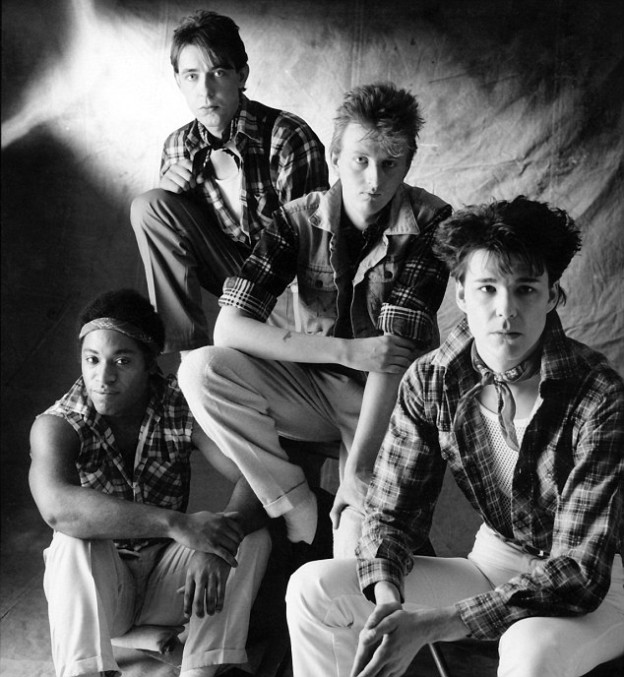I’ve frankly struggled to process the death of the great rock vocalist Mark Lanegan since his passing at the age of 57 this past February. When someone has essentially been your musical spirit animal for 30-odd years it’s very difficult to say goodbye, particularly as Mark’s passing was just the latest in a numerous and dispiriting series of deaths of all-time greats in the music world. It wasn’t the extreme gut punch of Chris Cornell’s painful and unexpected suicide back in 2017; or the shock of Prince’s sad and seemingly pointless OD in 2016; or the extreme melancholy of a stoic David Bowie succumbing to liver cancer that same year. Lanegan was, by his own admission, a long-time hardcore drug and alcohol abuser, as well as a chain smoker, even if he had been reportedly sober for some years now. Then, he also had an extremely nasty case of COVID that put him in the hospital and even into an induced coma for far too long a spell in 2021. (A true artist, Mark wrote two emotionally honest, raw and well-received autobiographical books about those horrible experiences of addiction and illness, Sing Backwards and Weep: A Memoir and Devil In A Coma.)
Borracho
A standout track from just his second solo effort, 1994’s Whiskey For the Holy Ghost , the barn burning “Borracho” shows a young artist already nearly fully formed.
So, hearing he had died suddenly in late winter of ’22 was not exactly a complete surprise. A total bummer, yes, but one couldn’t be surprised that his extreme lifestyle, born out of a brutally unhappy childhood in rural Washington, had caught up with him and that the bill had finally come due. It wasn’t really any more surprising than Kurt Cobain cashing his check back in 1994. Mark Lanegan was every bit the self-destructive rock poet Cobain was and at least he beat the curse of 27 by about 30 years, not to mention somehow outliving his other doomed contemporaries, Andrew Wood, Layne Staley, Scott Weiland and Cornell. Though that time still seems far too brief now that he’s passed, he put it to astonishingly good use. His longevity and prolific output of exceedingly high quality material, as well as his unflinching honesty as an artist and aversion to self-indulgence, make him one of the towering if woefully underappreciated figures in Rock history. While he was often primarily noted for his work as the Screaming Trees frontman way back in the ’90s, or compared as a solo artist to Tom Waits and Leonard Cohen in a facile, shorthand way, the long view shows many more similarities with Jim Morrison (and even Rimbaud), from the brooding, almost unfathomably deep and textured baritone that could all at once rise to a banshee’s wail, to that craving for riding to the very edge of self-destruction in search of some sort of twisted enlightenment and then — for a long while, at least — returning to tell the tale as only a debauched survivor can.
Because of This
An 8-minute, raga-inflected mini-epic from his third solo album, 1998’s Scraps at Midnight, shows Lanegan’s virtuosic understanding of dynamics in songwriting and within his own vocal range.
Lanegan put his time on this earth and his haunting and beautiful instrument to good use. If you only know Mark Lanegan from Screaming Trees or even just the hit single “Nearly Lost You” then you are really missing out. To get first things out of the way first, though, Screaming Trees themselves were way more than that one big hit from the Singles soundtrack, no matter that Mark held little fondness for his first band. They started well before most of their grunge brethren, back in the mid-1980s, and were key pioneers of that Seattle scene even if never quite fully a part of it. Their earlier recordings are well worth seeking out and show a band rapidly evolving into a semi-psychedelic hard rock powerhouse, with 1991’s Uncle Anesthesia being a particularly tight precursor to their big breakthrough, Sweet Oblivion.
Dollar Bill
Not “Nearly Lost You” — one of the many ‘hidden gems’ hiding in plain site on Oblivion.
Oblivion, which featured “Nearly Lost You” as its breakthrough hit, is a total ass-kicker from opening to closing track. But the toxic band dynamics and the record label’s condescending view of the Trees as “inferior” to their labelmates, Alice in Chains (perhaps the Trees were not really “Grunge” enough), squelched any momentum they should’ve had. The fantastic, technically impressive follow-up four years on, Dust, failed to build any kind of commercial momentum. Continue reading

























